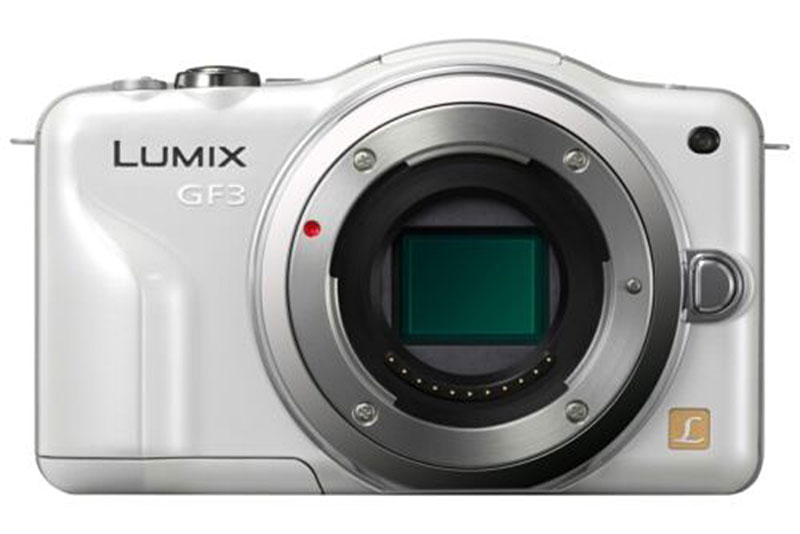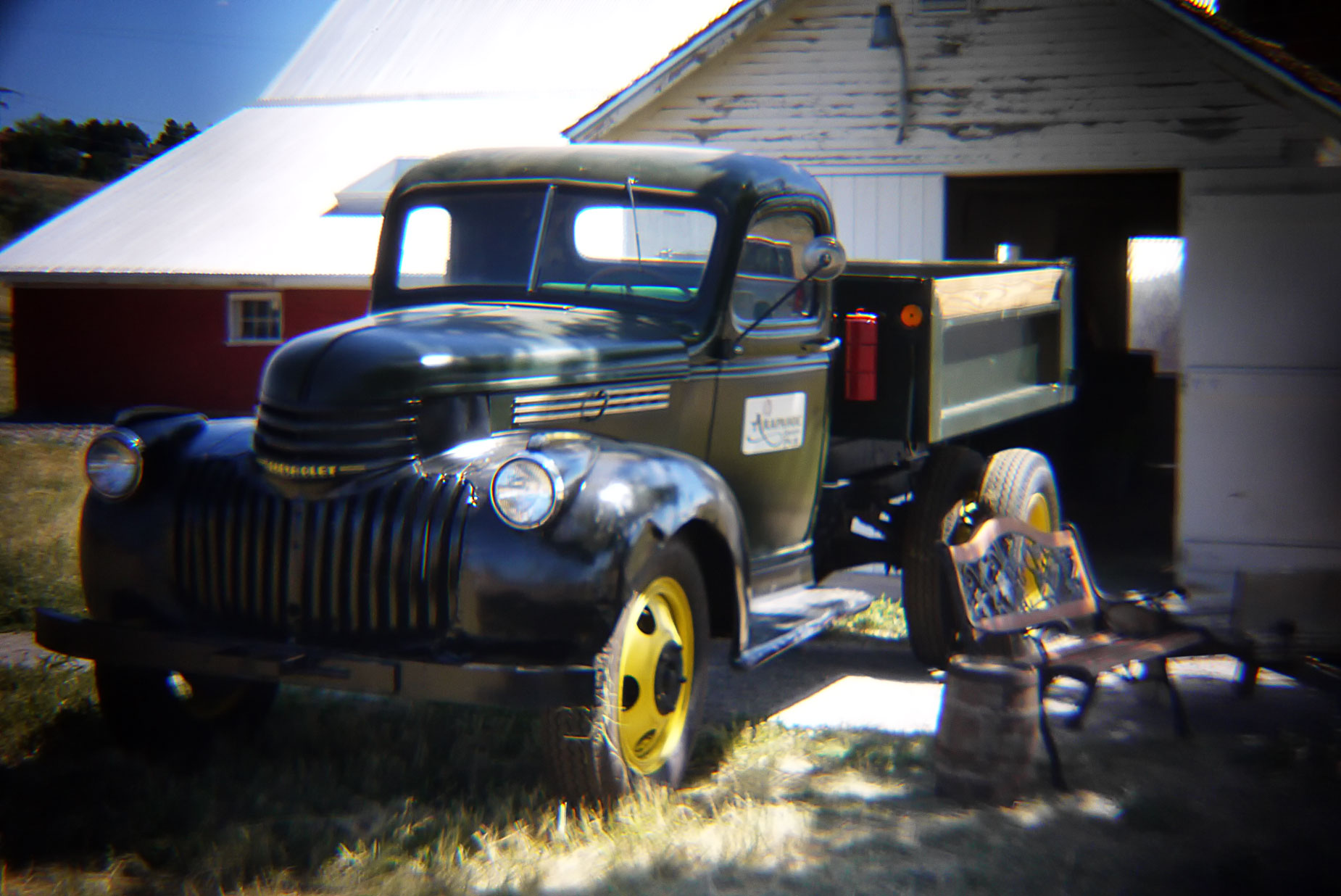It’s National Ice Cream Cone Day; so please have one for me. If you go to Baskin-Robbins, make it a Gold Medal Ribbon!
Today’s Post by Joe Farace
Never confuse the size of your paycheck with the size of your talent. — Marlon Brando
 The Panasonic Lumix GF-series cameras are also know as the “girlfriend cameras” in its Japanese home market. As part of the Micro Four-Thirds system, the Lumix GF3 was the eighth camera launched in Panasonic’s Lumix G-series and used the same 12-megapixel sensor as the GF1 and GF2. When introduced in June 2011, the GF3 was the world’s smallest and lightest digital interchangeable lens system camera. I picked up the featured camera from Japan a few years after that.
The Panasonic Lumix GF-series cameras are also know as the “girlfriend cameras” in its Japanese home market. As part of the Micro Four-Thirds system, the Lumix GF3 was the eighth camera launched in Panasonic’s Lumix G-series and used the same 12-megapixel sensor as the GF1 and GF2. When introduced in June 2011, the GF3 was the world’s smallest and lightest digital interchangeable lens system camera. I picked up the featured camera from Japan a few years after that.
My current GF3 is finished in Mother of Pearl White (like a Lexus) and came with a genuine Panasonic white leather half-case and leather strap. This particular case/strap combo was only available in Japan, because, I am told by sources, that it’s price was so high in US dollars that the company did not think it would sell here. Yet the case, like the camera itself, is a beautifully made creation and my black Lumix GX1, that was also purchased in Japan. has a similar, albeit black leather, Panasonic case. While the GF3’s small size make some of the controls less than user friendly, its compact size makes up for that by making it a truly pocketable camera that accepts interchanges lenses, which brings me to…
The Lens
60mm Holga lenses are currently available or about twenty bucks in both Nikon and Canon mounts from all of the usual suspects. But there was a time when a 25mm f/8 lens was also available for about the same price in a (plastic) mount for Micro Four-thirds mount (and others) and so naturally I bought one. You still may be able to find one of the 25mm lenses by poking around the Internet. The lens is scale focusing using the traditional single person, couple, group and mountain icons for focusing and this works as well as you might expect a Holga lens to work.
The compact Holga lens compliments the small Lumix GF3 body making it ideal to carry around. If image sharpness is not one of your major criteria, the lens makes OK photographs but mostly it brings the Holga aesthetic to digital photography. And that’s something you either get or you don’t.
While many people associate anything Holga with the Lomography brand, the camera itself had been on sale for a decade before the creation of The Lomography Society. However they are a global distributor for Holga cameras today. They also offer special films and I’ll be testing some of them when I revive Film Friday during this fall season.
Shooting this Combo
 On my first outing with the camera/lens to 17 Mile Farm near Parker, Colorado I wanted to shoot the farmhouse and barns but my intentions were undone by circumstance. All around the property a large group of people were wrapping up from an event that been held earlier and there was all kind of non-photogenic activities gong on. But there was one thing that caught my eye; an old pickup truck was parked where I could shoot it to minimize all that activity. The EXIF exposure for the above photograph was 1/100 sec at f/8 and ISO 400.
On my first outing with the camera/lens to 17 Mile Farm near Parker, Colorado I wanted to shoot the farmhouse and barns but my intentions were undone by circumstance. All around the property a large group of people were wrapping up from an event that been held earlier and there was all kind of non-photogenic activities gong on. But there was one thing that caught my eye; an old pickup truck was parked where I could shoot it to minimize all that activity. The EXIF exposure for the above photograph was 1/100 sec at f/8 and ISO 400.
The biggest downside of shooting the GF3 occurs when working in bright sunlight where the LCD screen—the only way to see your image, there’s no eye-level viewfinder—in completely useless. Even when I stuck my eye right up against the LCD, it was difficult to see the displayed image and I felt like I was shooting blind. My solution? Stand in the shade and shoot. While this necessarily limits the angles and composition of your photographs, you can actually see and know what your getting. It’s not a perfect solution but who ever said “Holga shooting” was perfect.
An f/8 lens is always going to be a sunny day lens and maybe a 12-megapixel camera that has no image stabilization was not the best choice for this lens but I will try to shoot this lens and camera combination again—real soon now. And maybe stick the lens on my image-stabilized Pen E-P3 and, you know, see what happens.
